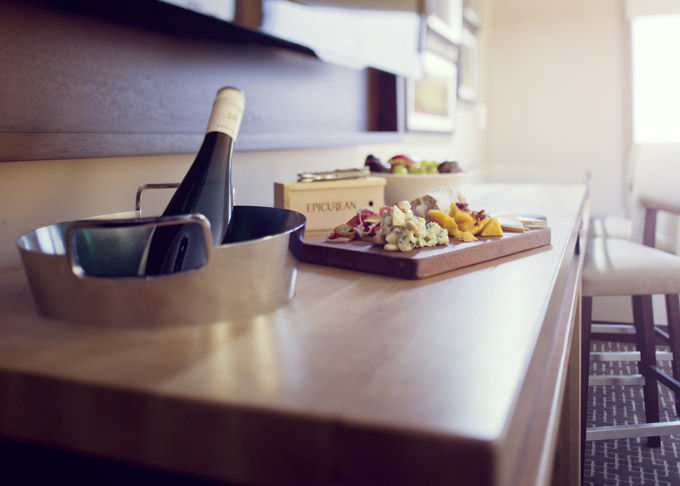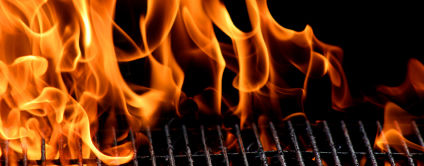Is there anything finer than a good glass of wine with your meal? Your favourite glass of white or red can enhance the dining experience as well as aid digestion.
There is much to know about the grapes, the process of wine making and what constitutes a good vintage. Both wine making and wine appreciation are an art as well as a science that can take years of study.
Here’s a simple guide to the basics of tasting and appreciating this Nectar of the Gods.
- First is the colour of the wine. Hold the glass up to the light to see its clarity and brilliance. It should be clear and bright with no haze. Reds range from maroon through ruby and garnet to brown. Whites can be clear, golden or amber and shades in between. The colour also changes as the wine ages with older wines showing deeper shades than new wine.
- Check the body of the wine by swirling it and observing how it descends down the side of the glass. Full bodied wines take a longer time for the “tears” to descend. (The French call them “legs”. Some experts say there are too many variables for this to count, like the properties of the glass and what it was washed in, but it’s fascinating to observe the wine move down the glass.)
- Next is the bouquet – the aromas and scents of the wine. Swirl the wine around to the top of the glass to reveal its aromas. Sniff. Are there any fruity, floral, vegetal or earthy qualities? Any citrus, berry, oak or vanilla aromas? Inhale inside the glass as well for a second impression.
- Now take a small mouthful and swish around your tongue. Observe the initial taste then the mid-palate taste before swallowing.
- Acidity determines how sharp the wine tastes. If it tastes tart, the acidity is too high.
- Body: Light bodied wines taste watery compared to medium and full bodied wines.
- Sweetness: Unfermented sugars create the wine’s sweetness as well as the addition of sugar or must to the wine making process. Increased acidity can make a dry wine sweeter. For your assessment the important point is, does it taste dry, sweet, sour or bitter? The last two mean it is not a good wine.
- Flavour may relate to the aromas you noted. You may taste the citrus you sensed or find there is a woody or earthy taste. Are there notes of cinnamon or pear?
- Are the characteristics well balanced? This is an indicator of a good wine.
- The Finish: Observe how long the flavour lingers in your mouth after it is swallowed.
Make notes as you go through the process then compare what you have on different wines. You’ll soon discover the qualities that you prefer.
When tasting several wines you’ll need to eat something between each one to reset your palate. Cheese is good for this purpose. Wine and cheese also compliment each other so well they have become the wine tasting standard.
Salute!










[…] this article: Wine Tasting Tips | Taste for Cooking Related Posts:Taste Your Wine With Wine Tasting Glasses – Internet Marketing … There […]